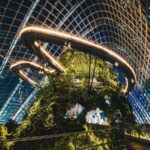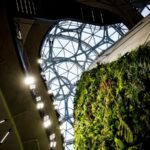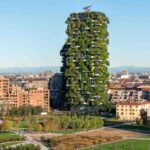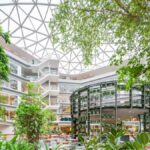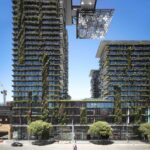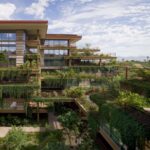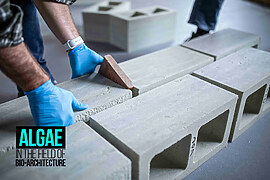“The relationship between humankind and nature can be one of respect and love rather than domination… The outcome…can be rich, satisfying, and lastingly successful, but only if both partners are modified by their association to become better adapted to each other… With our knowledge and sense of responsibility…we can create new environments that are ecologically sound, aesthetically satisfying, economically rewarding… This process of reciprocal adaptation occurs…through minor changes in the people and their environment, but a more conscious process of designs can also take place.”
-René Dubos, The Wooing of the Earth
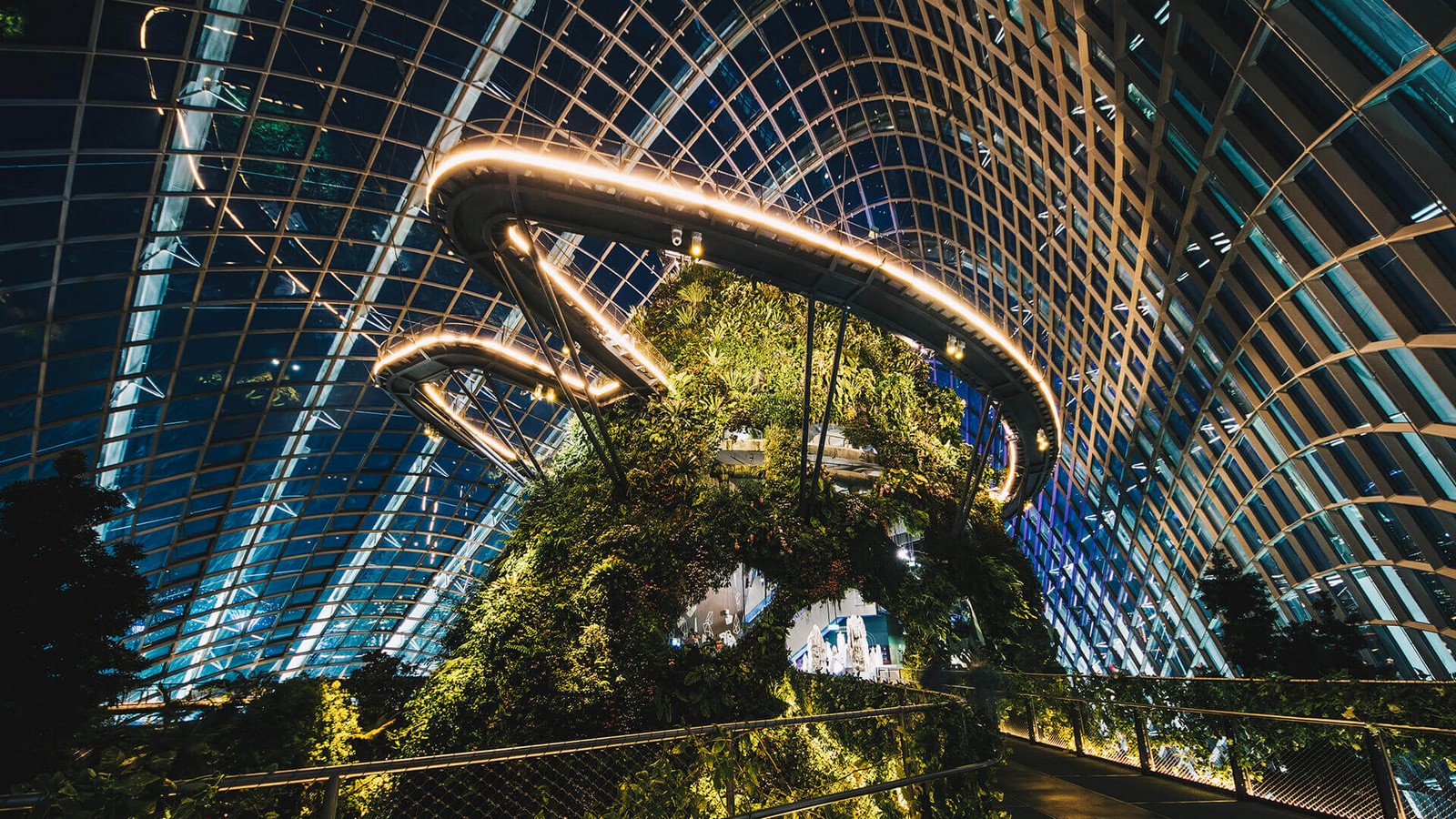
Journey From Drawing Inspiration To Renewed Interest
Biophilia refers to the inherent affinity people have for the natural world.1. Nature often has acted as a source of inspiration time and again throughout the history of architecture. From imitation that closely resembles, represents, or is reminiscent of flora and fauna, to now there is a shift of lens through which architecture forms relation with nature. There is an emerging need in contemporary cities to connect with nature, which is often viewed as a resource to be exploited or merely as an ornament. There is an increasing separation from the natural world, which is reflected in urban development and architecture. Biophilic Architecture is a design philosophy that bridges the gap and builds human relations with nature through spaces.
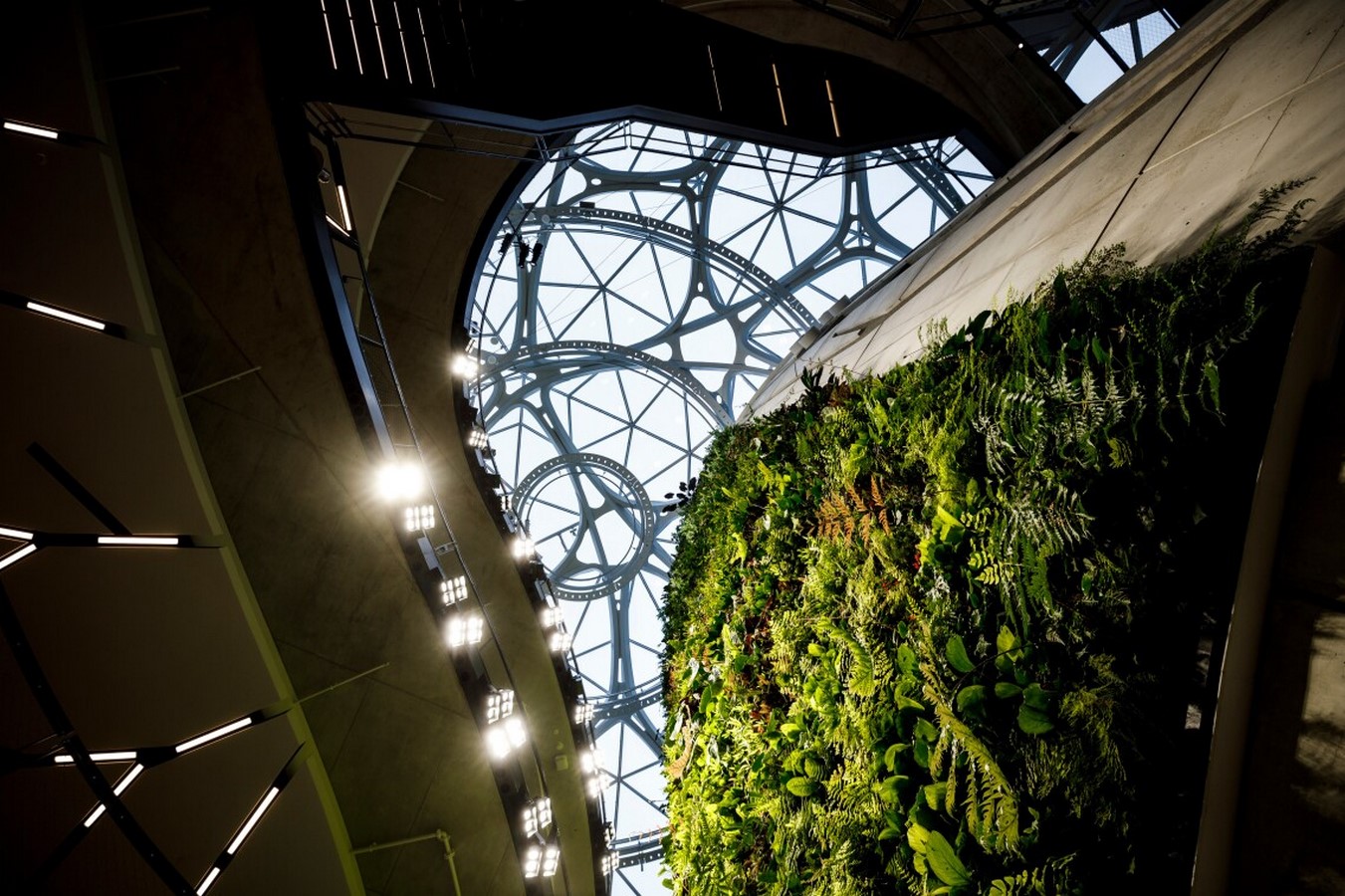
Biophilic Values and Benefits
Urbanity possesses many obstacles to affiliate humans with nature, while humans evolve as living beings but have lost touch with their ‘natural habitat’. Historically, humans used to interact with nature through organic building designs and materials, in motifs, patterns, and spaces that mimic the environment. Traditionally, the architecture was in sync with nature, living close yet respectful proximity to nature. Greens were an integral part of design, green roofs and walls not just as aesthetic beauty to the space but also provided insulation and food. Architecturally, dedicated space allocation and seamless blending of local flora and fauna was an integral part of the design, which made the space feel alive.
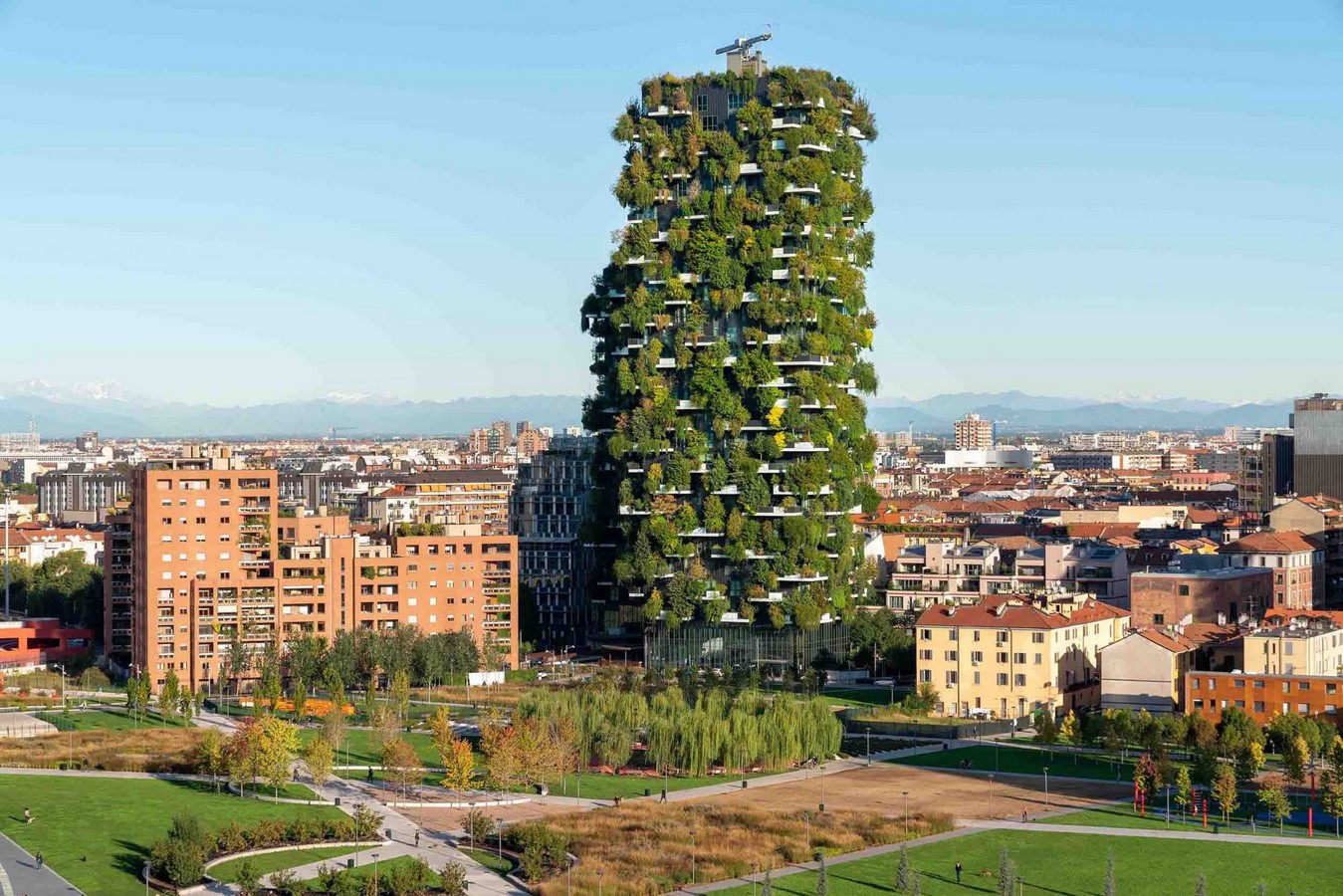
However, in modern urbanity, the scope for greens is limited. With the advancement in industry and technology, the importance of nature has lost its importance, intruding on nature and greens being used as ornament rather than with a purpose. With the introduction of biophilic design in architecture, there are a few biophilic values and their benefits identified:
Affection: Humans are emotional beings, nature enhances the human ability to bond, care, and connect with other beings. This also contributes to creating strong emotional attachment, love, and respect for nature.
Attraction: People have a natural inclination towards nature’s aesthetics which is associated with the benefits of feeling natural harmony and symmetry, emotional and intellectual development, and induces space for imagination and creativity.
Aversion: Modern urbanism generates a repetitive claustrophobic feeling which further inclines to increase anxiety, threat and at times fear. Biophilic elements in the space enhance a sense of safety and security and bring respect for power for the greens.
Control: In the competitive era, where everyone wants to master and dominate has become integral human traits, benefits include cognitive skills, empirical and observational abilities, critical thinking, and learning. It induces curiosity amongst the masses.
Exploitation: Instead of directly exploiting nature’s regenerative ability and abusing natural resources, associated benefits include wise use of available natural resources.
Symbolism: The human diversion towards nature’s imagery and symphony which, in contrast with modern architecture, employs benefits that include capacities for language and culture.
Spirituality: Humans experience nature which is by instinct and in search of meaning, and purpose and to connect with the living at physical and mental levels. This gives humans a meaningful and purposeful existence, increases self-confidence, and creates natural bonding.
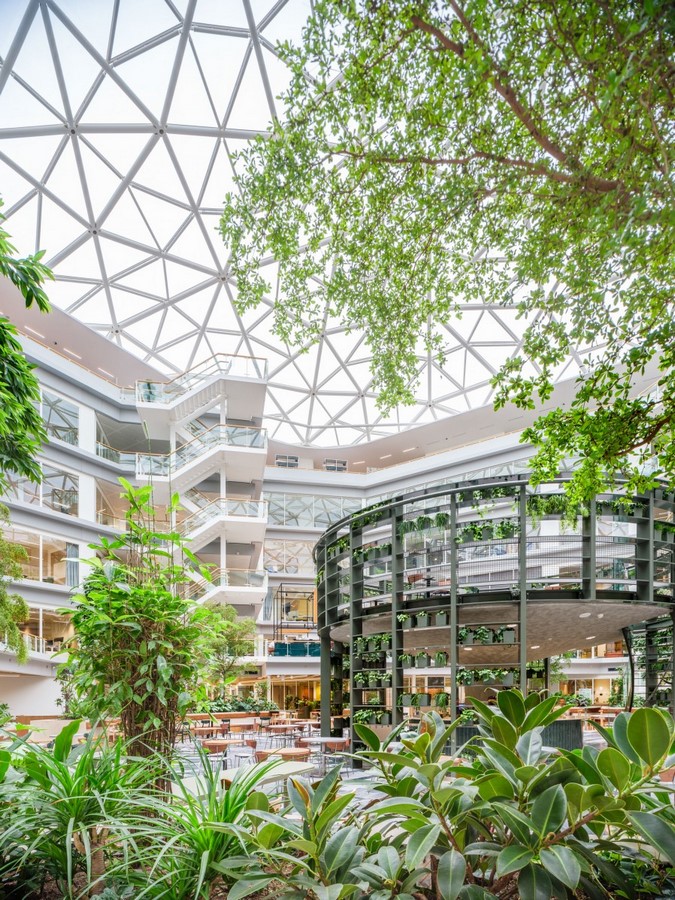
How To Introduce Beneficial Biophilic Experience?
The biophilic design derives from a basic understanding of human evolutionary biology and how our inherent inclination to affiliate with nature has historically contributed and even today continues to contribute to human health, fitness, and wellbeing.2. A successful implementation of biophilic design is more than introducing green roofs and walls in a built environment, it is purpose-driven. Taking into account the acquired knowledge that has been accumulated over the years and a deeper understanding of human response to the design of building and landscape, the outcome of integrating biophilic design should reflect in improving people’s health and productivity. It should focus on adapting to nature which focuses on human physical and mental health, performance, and wellbeing.
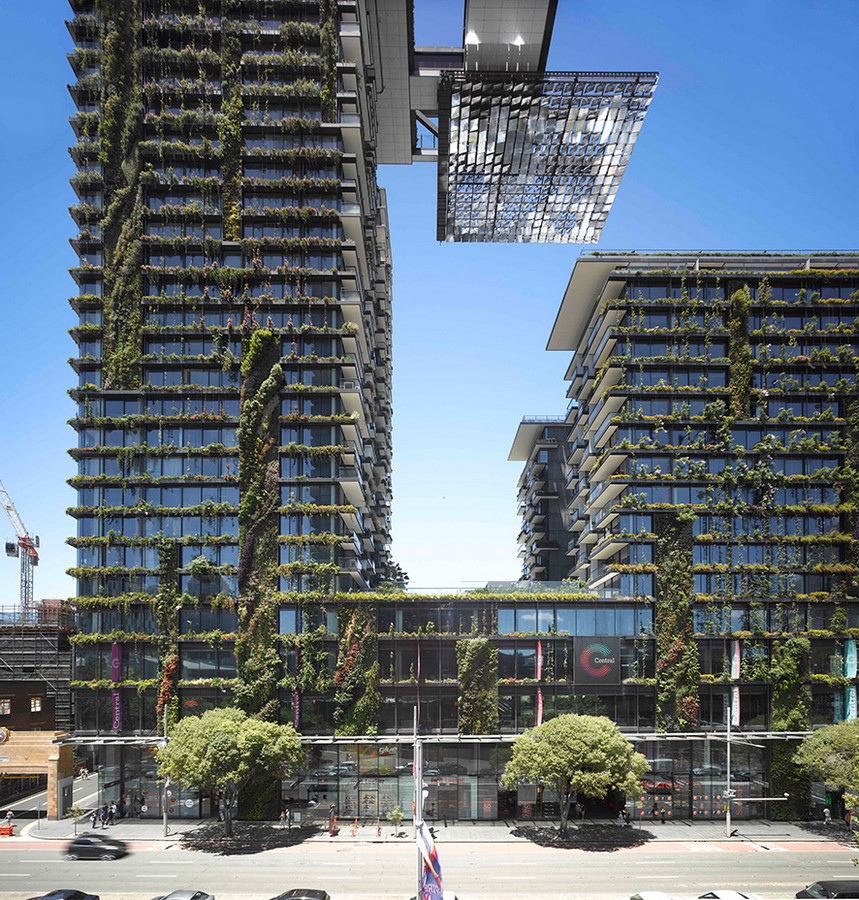
A cohesive experience should be created that complements and builds ecological connection as a whole rather than being an individualistic experience. The benefits of interrelating ecology and architecture should be felt as a substantial part of the design as a whole, rather than just generating half-hearted curiosity. People should develop emotional attachment, which translates into being part of individual identity and bringing in a sense of comfort. It should not be limiting, it can occur in settings including interior, exterior, and transitional space which further connects to the landscape. Biophilic design involves experiencing space that feels authentic and is ecologically self-sustaining.
This can be attained by not just incorporating plants, water (which brings movement and agility to space), and animals in the built environment and creating visual and non-visual bonding with nature. Visual bonding can be created directly with plants inside and out, green roofs and living walls, water, and nature-inspired artworks. Non-visual connection takes overall conditioning and designing of the space by use of sun patches, textured materials, bird sounds, weather, and natural scents. There is a rhythmic play between the structure by enhancing sensory stimuli with clouds, shadows, and water reflection. Connecting with local biodiversity, understanding seasonal patterns and wildlife patterns. Organic and fluid building forms and sustainable structural systems play a vital role.
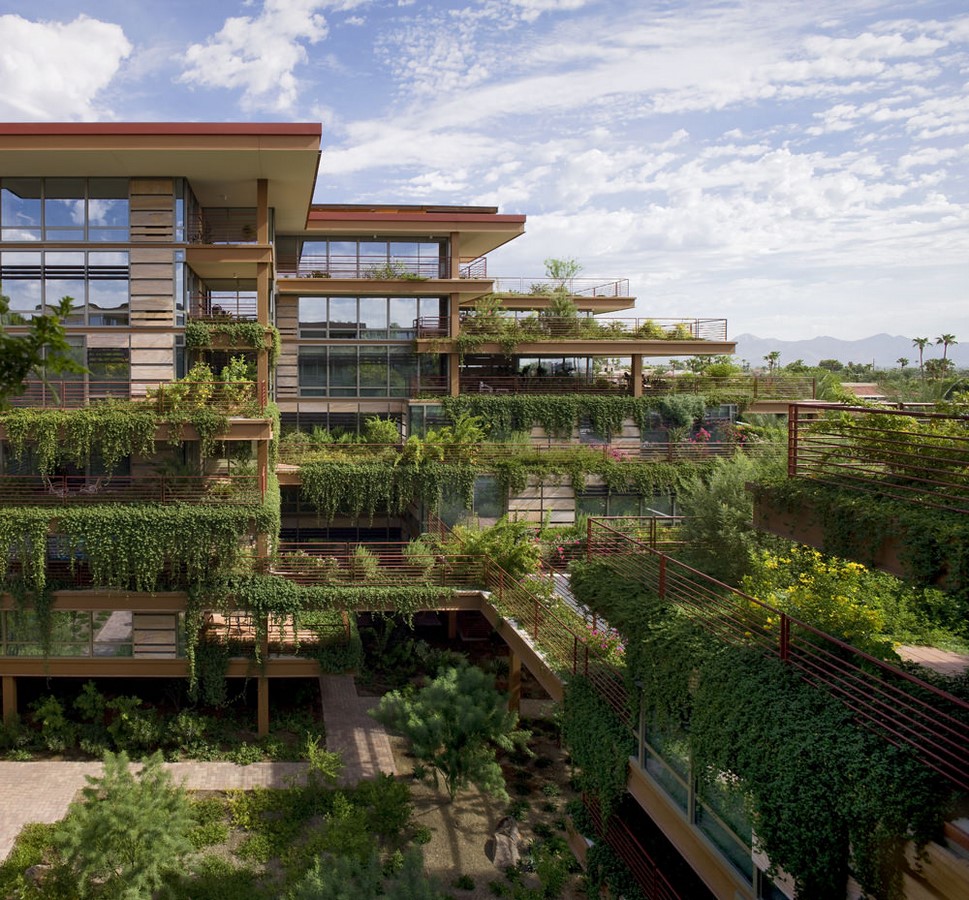
Conclusion
The reason to introduce biophilic elements to architecture is growing day by day, especially when contemporary cities are experiencing a rise in stress levels, mental health concerns, and lack of productivity. Ecologically, nature is negatively reacting to the current built environment, which concerns humans to find solutions that are concerned with issues like pollution and urban heat island effect. Successful integration of biophilic architecture reflects on multiple social, environmental, and economic levels. It provides space for biodiversity to bloom and encourages people to emerge with new ecological techniques to design biophilic architecture. It can also help overcome the dispensary of traditional architecture and modern urbanism. Even though there is still a need to dive deeper into understanding humans and their response to nature, biophilic architecture is here to start a dialogue between humans and nature.
References:
- Kellert, S. and Calabrese, E. (2015). THE PRACTICE OF BIOPHILIC DESIGN. [online] Available at: https://biophilicdesign.umn.edu/sites/biophilic-net-positive.umn.edu/files/2021-09/2015_Kellert%20_The_Practice_of_Biophilic_Design.pdf.
- Google Books. (2021). Nature by Design. [online] Available at: https://books.google.co.in/books?hl=en&lr=&id=Es1SDwAAQBAJ&oi=fnd&pg=PR7&dq=biophilic+architecture&ots=qZ7eUJyFYB&sig=z7-8YN5nmYEX0aRIESO-nifOVVg&redir_esc=y#v=onepage&q=biophilic%20architecture&f=false [Accessed 14 Jan. 2024].
Photo Credits
- Gardensbythebay.com.sg. (2024). Cloud Forest. [online] Available at: https://www.gardensbythebay.com.sg/en/things-to-do/attractions/cloud-forest.html [Accessed 15 Jan. 2024].
- Spheres. (2021). The Spheres weekend public visits. [online] Available at: https://www.seattlespheres.com/the-spheres-weekend-public-visits [Accessed 15 Jan. 2024].
- Stefano Boeri Architetti. (2023). Vertical Forest | Milan | Stefano Boeri Architetti. [online] Available at: https://www.stefanoboeriarchitetti.net/en/project/vertical-forest/ [Accessed 15 Jan. 2024].
- EDGE. (2019). EDGE | EDGE Amsterdam West. [online] Available at: https://edge.tech/developments/edge-amsterdam-west [Accessed 21 Jan. 2024].
- Ateliers Jean Nouvel. (2014). One Central Park — Ateliers Jean Nouvel. [online] Available at: https://www.jeannouvel.com/en/projects/one-central-park/ [Accessed 15 Jan. 2024].
- Optima. (2019). Optima Camelview Village – Optima. [online] Available at: https://www.optima.inc/projects/optima-camelview-village/ [Accessed 15 Jan. 2024].








